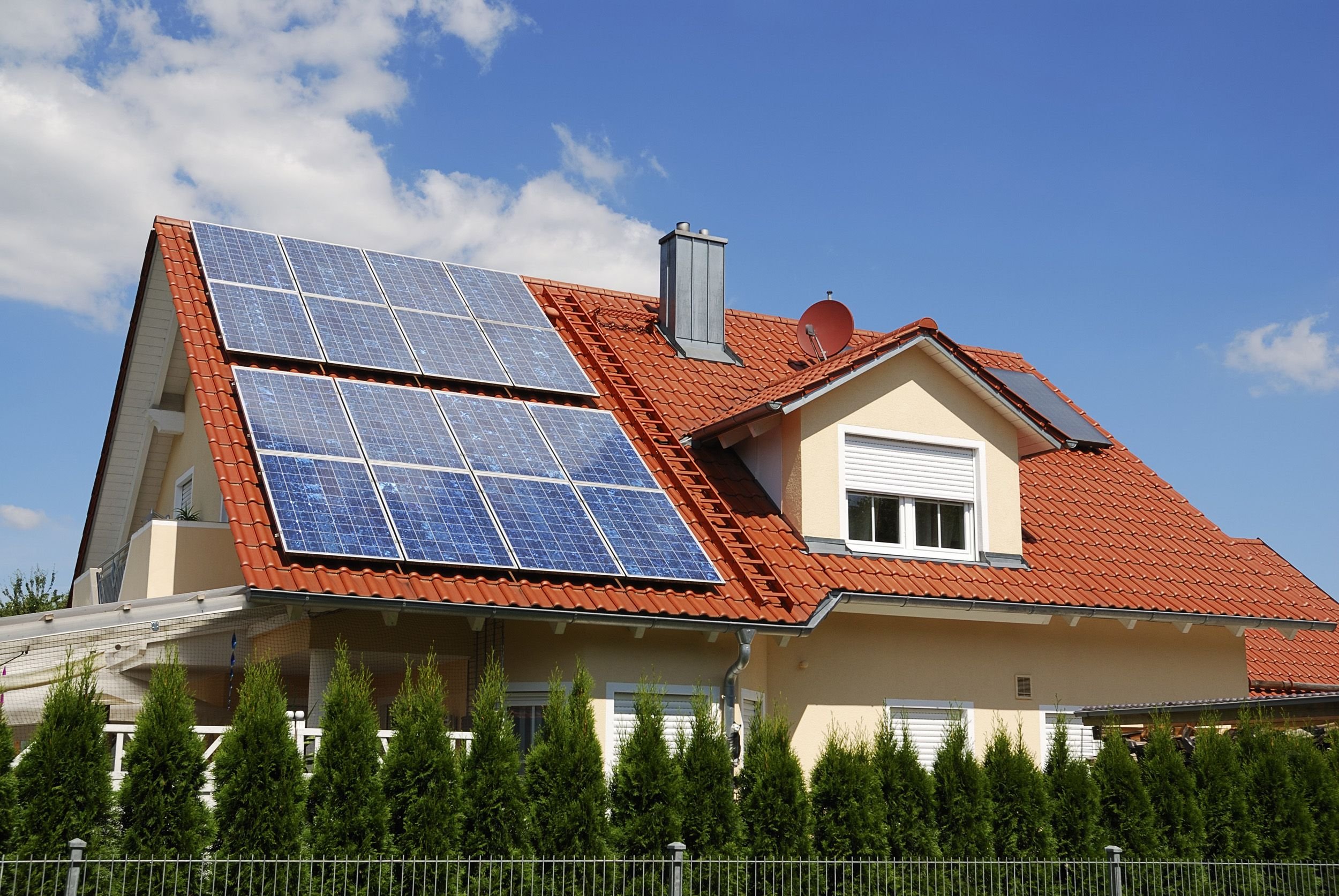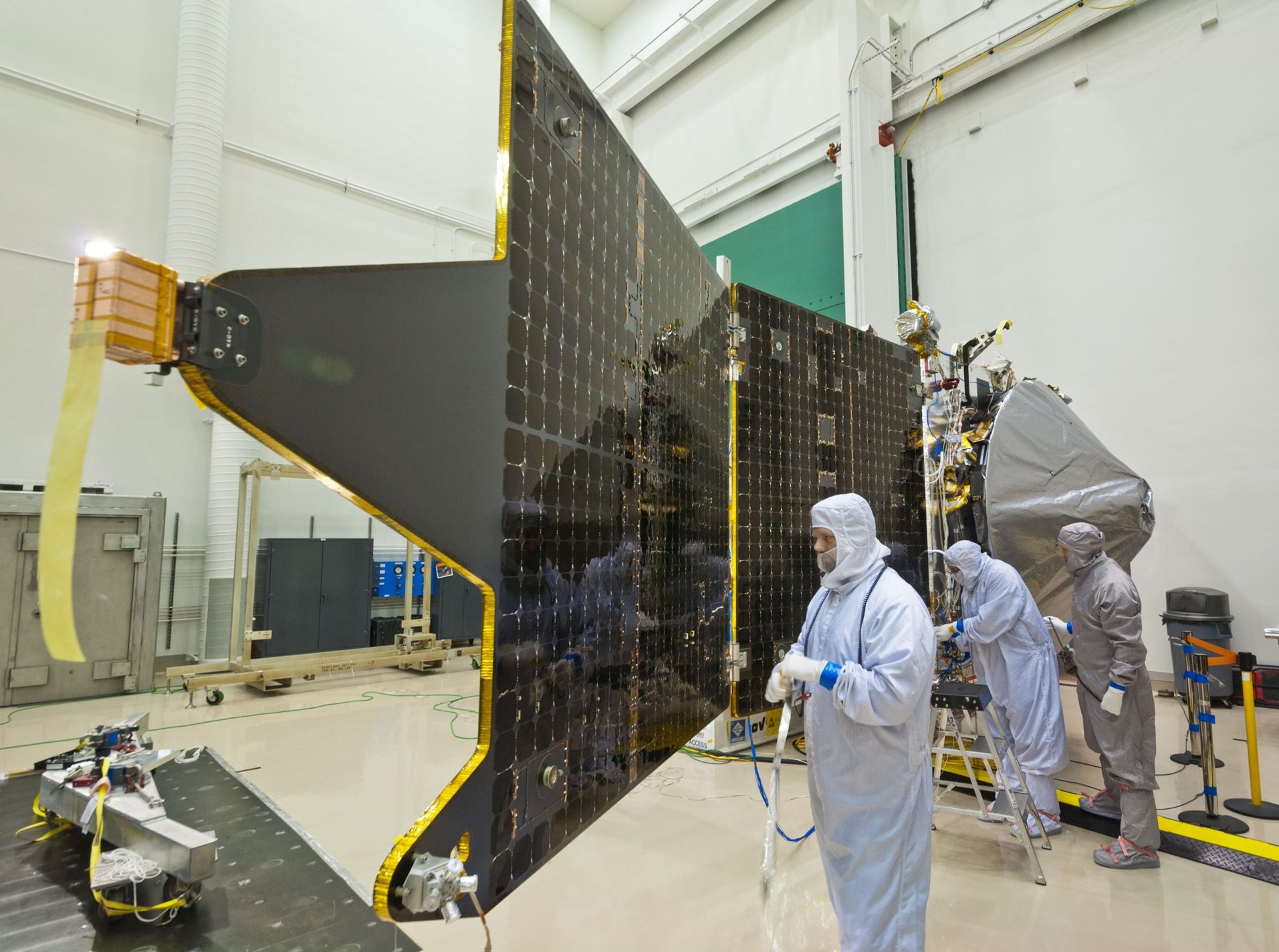Solar Panels Provide Enough Power to Make Us Self Sufficient
Our roof has the infrastructure to provide solar panels that will provide enough electrical power to make us self sufficient.
I was speaking to a friend of mine recently bragging about our passive house which consumes very little energy and is carbon neutral, relying solely on electricity to provide power for heating, cooling, and appliances. I also told her that we installed the infrastructure for solar panels but did not buy the panels because of the cost and the lack of rebate incentives in Connecticut.
Connecticut currently provides a sales tax exemption for the purchase of panels but it is less than $2,000 on a $25,000 system. The federal government is a little better allowing a solar tax credit for the year you install your panels. On a $25,000 system, expect a savings of $5,000.
Our intent has always been to install the panels when the price comes down and the rebate incentives improve. Right now we use Eversource for our power. My friend reminded me that the big electrical suppliers like Eversource and Con Edison use gas as fuel for the grid today, but do have plans to be carbon neutral in the future. She made a very good point!
Also, although our electric bills have been very low the past year, the prices have now increased by 37%. That increase and the knowledge that Eversource uses gas as a fuel source has made us more determined to install panels.
So, what are solar panels? A solar panel is a collection of photovoltaic cells that absorb the sun and produce electricity through a process called the photovoltaic effect. The photovoltaic effect was discovered in 1839 and used metal electrodes and sunlight to generate electricity. It was in 1954 at Bell Labs that photovoltaic cells using silicon as a metal conductor were powerful enough to convert the sun’s energy to run every day electrical equipment. That solar cell had a 4% efficiency rate. Current panel efficiency runs between 15% - 22%, but new technology using a mixture of organic compounds and metals called Perovskites promises efficiencies of 40%.
Using the sun with metals to generate energy is recorded from the 7th Century B.C. It is said that in 212 BC the Greek scientist Archimedes used bronze shields to capture the sun’s rays and set fire to ships from the Roman Empire, during the siege of Syracuse. In 1973 the Greek navy tried this experiment and were able to set fire to a wooden boat 50 meters away.
In the 60’s and 70’s more cost-effective solar cells were researched, but solar panel technology, although used extensively in large infrastructure projects and by NASA, was still way out of reach of the average consumer.
In a reaction to the OLPEC oil embargo, President Jimmy Carter installed solar panels on the White House. This is one of the first solar panel installations at a residential scale.
The initial demand in high tech sectors like NASA helped find cheaper ways to produce solar modules. The cost of a photovoltaic module (a solar panel) dropped from $106 per watt to $0.38 per watt, or 89% in the past ten years. This is especially heartening because research now shows that building a new electrical grid with coal, for instance, will be almost 200% more expensive than generating electricity from solar panels.
A rendering of satellite with panels.
Preparing for the Mars expedition.
NASA’s use of solar panel technology has resulted in more cost-effective technology for residential use.
The current cost to install solar panels on a 3,000 SF home, to be totally self-sufficient, is $25,000 - $30,000 which is still too high to induce owners to stop using fossil fuels. But we are confident that the continued research into solar and other renewable technology will make residential self-sufficiency available to all, and that states like Connecticut will provide a generous rebate to switch to this renewable energy source.







